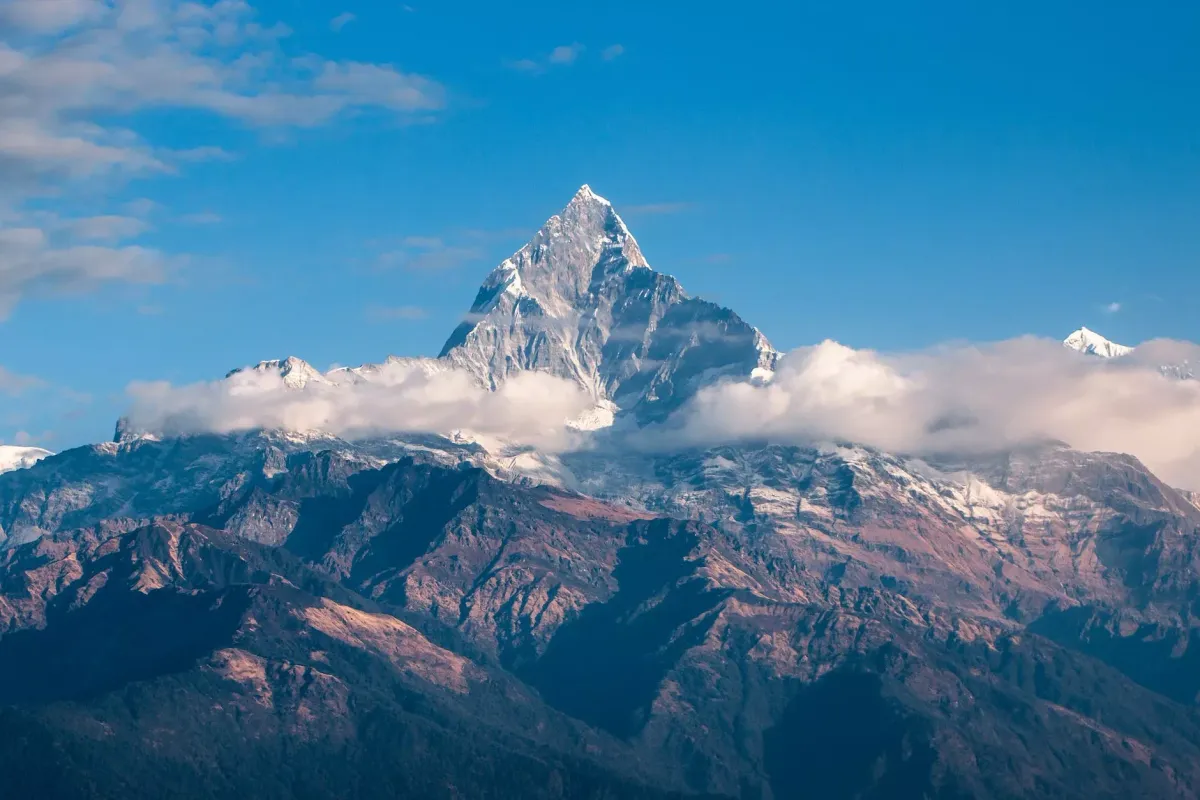The Comprehensive Guide to Altitude Training for Cyclists: Elevate Your Performance

Altitude training has been a cornerstone in the training programs of elite athletes for decades. Initially popularized in the 1960s and ’70s, it has evolved into a scientifically-backed method for enhancing athletic performance. This guide aims to provide cyclists with a comprehensive understanding of altitude training, its benefits, and how to maximize its impact on your cycling performance.
Why Train at Altitude?
Altitude training operates on the principle of hypoxia, or reduced oxygen availability. When you train at high altitudes, your body undergoes several physiological changes to adapt to the lower levels of oxygen. These adaptations can lead to significant improvements in endurance sports like cycling.
The Science-Backed Benefits of Altitude Training
- Increased Red Blood Cell Production: Training at altitude stimulates the production of erythropoietin (EPO), a hormone that promotes the formation of red blood cells (RBCs). Increased RBCs enhance the oxygen-carrying capacity of the blood.
- Enhanced Oxygen Extraction: At high altitudes, the oxygen dissociation curve shifts, allowing for better oxygen unloading in the tissues.
- Increased Capillarization: Altitude training increases the density of capillaries in muscles, improving oxygen diffusion and delivery to working muscles.
- Ventilatory Adjustments: Altitude adaptation leads to increased sensitivity of the respiratory centers in the brain, enhancing ventilatory response even at rest.
- Increased Myoglobin Production: Myoglobin, a protein that binds oxygen in muscle cells, is upregulated in response to chronic hypoxia.
How to Maximize Your Training at Altitude
Monitor & Assess
Regularly monitor physiological markers like oxygen saturation, resting heart rate, and HRV (Heart Rate Variability) to track progress and make adjustments as needed. Some athletes also use lactate threshold testing to gauge their adaptation to altitude.
Prioritize Sleep and Recovery
Quality sleep is crucial during altitude training. Sleep disturbances are common at high altitudes, so consider using sleep aids like melatonin or white noise machines to improve sleep quality.
Fuel & Hydrate Well
Nutrition plays a vital role in altitude adaptation. A study suggests that increasing carbohydrate intake can aid in recovery at altitude. Additionally, dehydration can exacerbate the effects of altitude, so staying hydrated is crucial.
Adjust Intensity & Volume
Balance the intensity and volume of your training sessions. Lower intensities are generally safer at high altitudes, but it’s essential to incorporate some high-intensity work to stimulate adaptations.
Stay for Long Enough
Research shows that a minimum stay of three weeks is recommended for optimal results15. Some athletes even opt for “live high, train low” strategies, where they live at high altitudes but descend to lower elevations for intense training sessions.
Was Your Altitude Stint a Success?
To assess the effectiveness of your altitude training, consider undergoing tests like hemoglobin mass measurement, lactate threshold, and maximum aerobic power or speed (MAP or MAS).
Conclusion
Altitude training is a complex but highly effective strategy for cyclists looking to improve their performance. By understanding the physiological changes that occur at altitude and how to maximize these adaptations, you can set yourself up for success.
References
Footnotes
- Płoszczyca, K., et al. (2018, April 11). The Effects of Altitude Training on Erythropoietic Response and Hematological Variables in Adult Athletes: A Narrative Review.
- Levine, B.D., Stray-Gundersen, J. (1997). “Living high-training low”: effect of moderate-altitude acclimatization with low-altitude training on performance.
- Lenfant, C., et al. (1968, December 1). Effect of altitude on oxygen binding by hemoglobin and on organic phosphate levels.
- Gore, C.J., et al. (2001). Effects of altitude on the oxygen dissociation curve of blood.
- Otten, E. (2003, October). High altitude: an exploration of human adaptation.
- Hoppeler, H., et al. (1990). Muscle structure with low- and high-altitude exposure.
- Katayama, K., et al. (2010, July). Substrate utilization during exercise and recovery at moderate altitude.
- Weil, J.V. (1998). Ventilatory response to hypoxia at altitude.
- Moore, L., et al. (2004, July 6). Analysis of the Myoglobin Gene in Tibetans Living at High Altitude.
- Kanatous, S.B., et al. (2009). Regulation of mitochondrial oxidative capacity during hypoxia.
- Lundby, C., et al. (2017). Does ‘altitude training’ increase exercise performance in elite athletes?.
- Reite, M., et al. (1975). Sleep physiology at high altitude.





